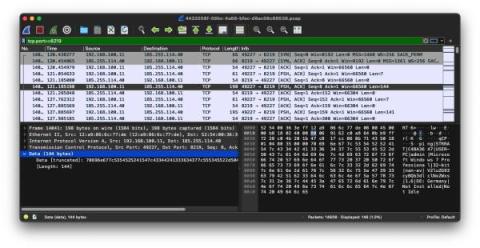Detecting the STRRAT Malware Family
In this edition of Corelight’s Hunt of the Month blog, we bring you a STRRAT malware detector. In recent months STRRAT has become one of the top malware families submitted to Any.Run’s malware sandbox: STRRAT is a Java-based remote access tool (RAT) that uses a plugin architecture to provide full remote access to an attacker, as well as credential stealing, key logging, and additional plugins.







